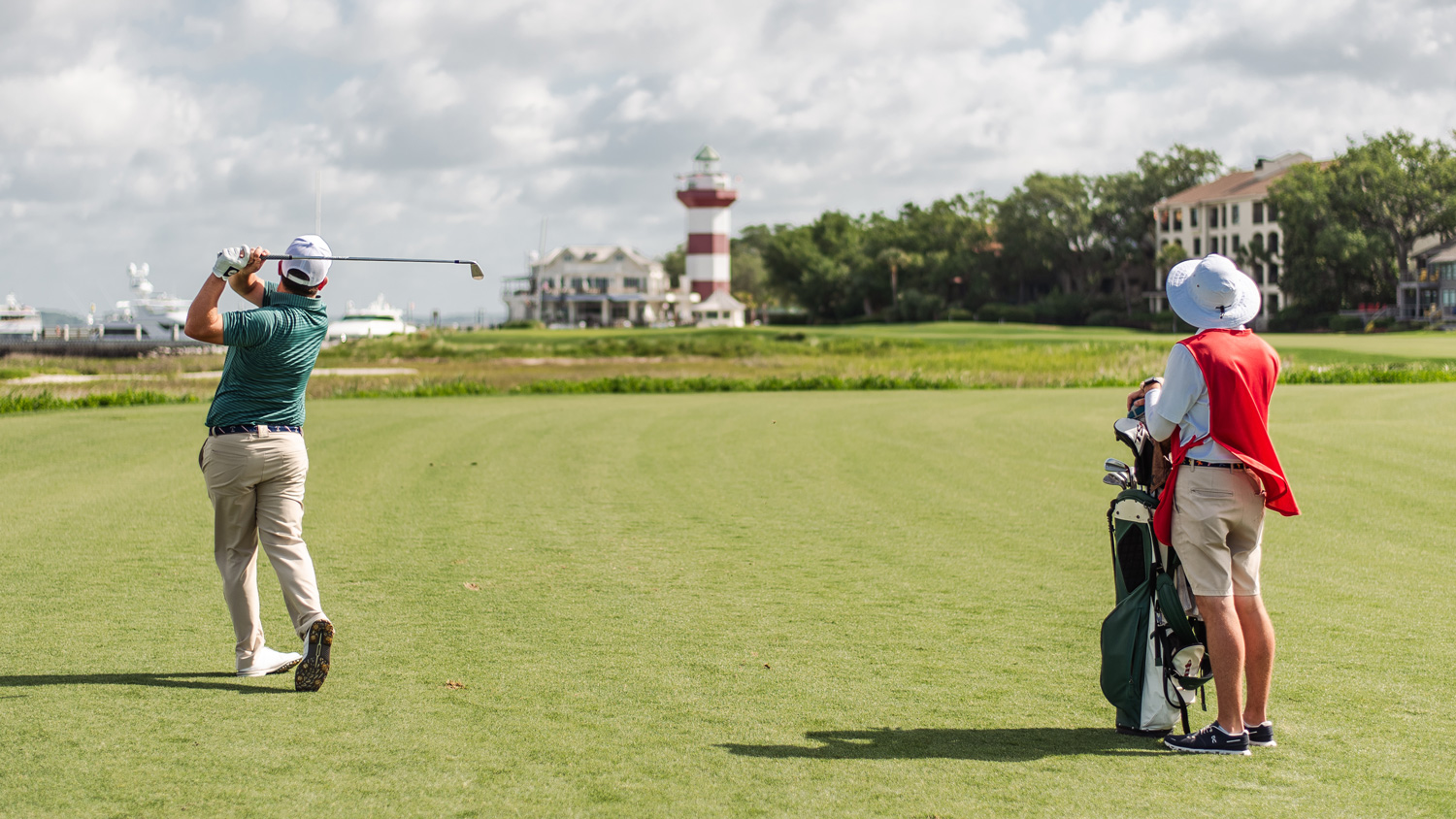
Clubs, Cups & Hammers: At a Sports Auction. If you’re thinking of getting into golf collectibles, there has never been a better time. The market is full of fascinating, historic and rare items, and as Robin Barwick found at a recent auction, even the most precious of golfing treasures doesn’t always fetch a championship price
Photography: Leon Harris
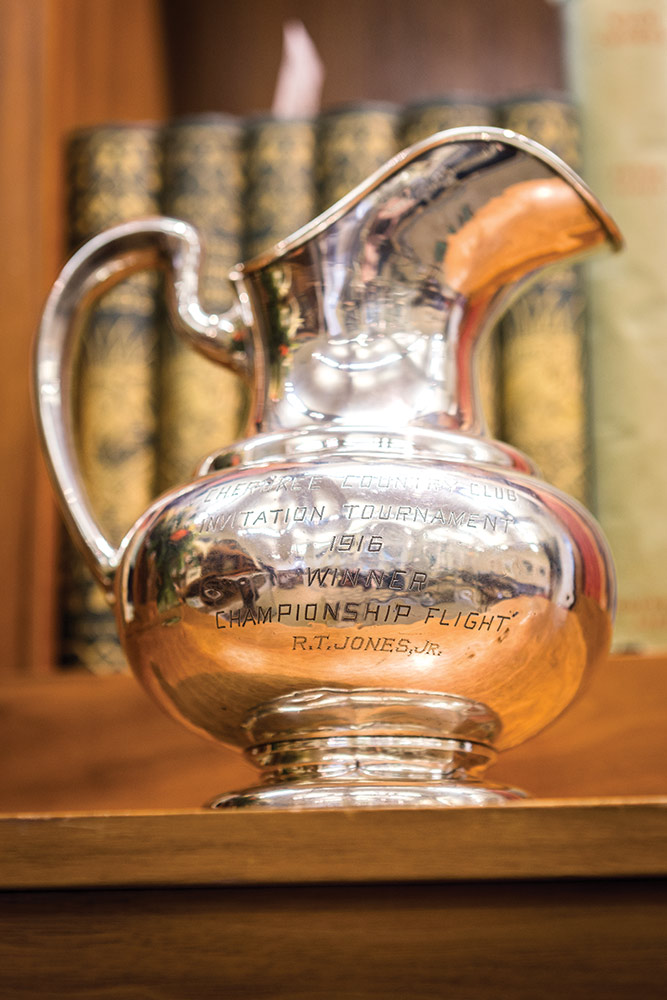
We knew the quite grand and slightly austere auction room at Bonhams in Edinburgh might be relatively empty for its Sports Sale on May 23; that is the nature of auctions in the 21st century. Many potential buyers like to bid via phone lines—nothing new there—and live online bidding, streamed into the auction room, is conducted at the click of a mouse or the dab of a smart phone. You could be hitting a $5 golf ball up the fairway on the Monterey Peninsula while simultaneously bidding thousands for one made by Old Tom Morris in an auction in Scotland.
At Bonhams, a Sports Sales was on and about a dozen seasoned auction-goers sat quietly in the room at the 11am start, when a series of old paintings of British horses and fox hunts served as the warm-up act. Then it was fishing, and a “British record salmon” caught in 1922, now staring back at us from inside its glass case, went for £9,000 (call it US$11,500).
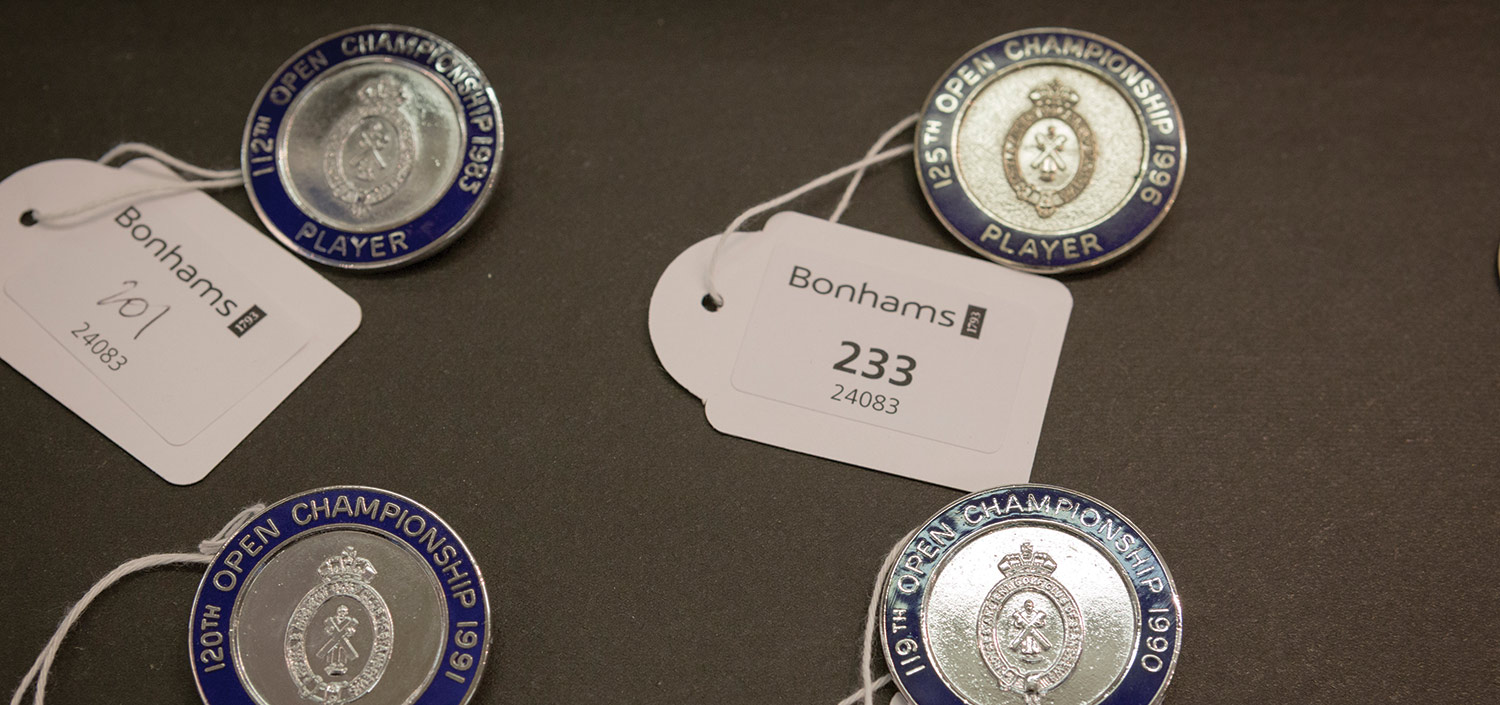
We were waiting to see the final segment of the sale, a selection of golf items, the highlight of which was undoubtedly a silver cup—actually a pitcher—which was won by a 14-year-old Bobby Jones in 1916. Engraved on the cup are the words: “CHEROKEE COUNTRY CLUB – INVITATION TOURNAMENT – 1916 – WINNER – CHAMPIONSHIP FLIGHT – R.T. JONES, JR.”
The Bonhams catalog promoted the cup as “considered to be the earliest known prize won by the renowned golfer.” It explained that Jones won this three-day, match play tournament at Cherokee CC in Knoxville, Tennessee. Jones reportedly defeated Simpson Dean—like Jones, from Georgia—by a score of 5&4 in the final. The expected price for the 22cm-tall pitcher was listed as £20-30,000 ($25,600-38,400).
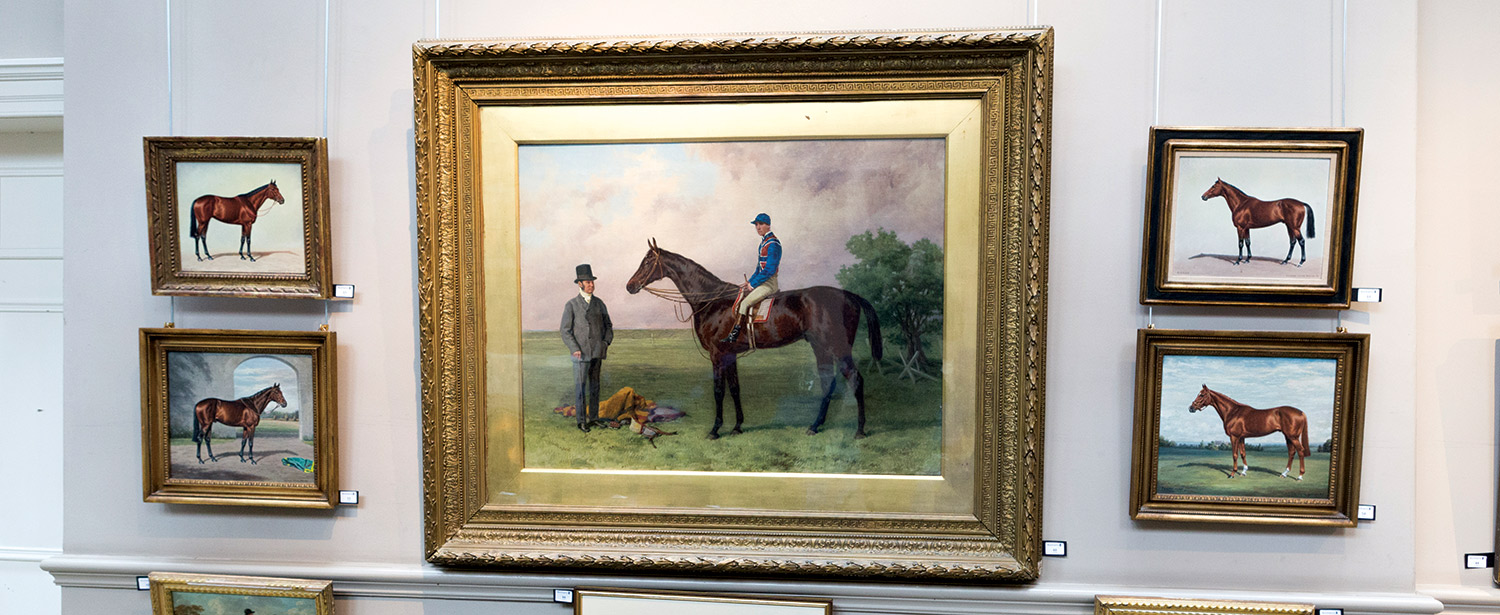
“It is a star item,” promised Kevin McGimpsey, golf consultant for Bonhams in the UK, as we admired the Cherokee cup in Bonhams’ viewing room on the eve of the auction. “It is such an important trophy, won by such an important golfer, and when he was just 14, so that makes it very appealing.
“The pitcher was last sold in an American auction a couple years ago at around the level we are expecting here, so that last sale gives us a pretty good steer on its market value. Whether we get it or not, who knows, but there is every chance.”
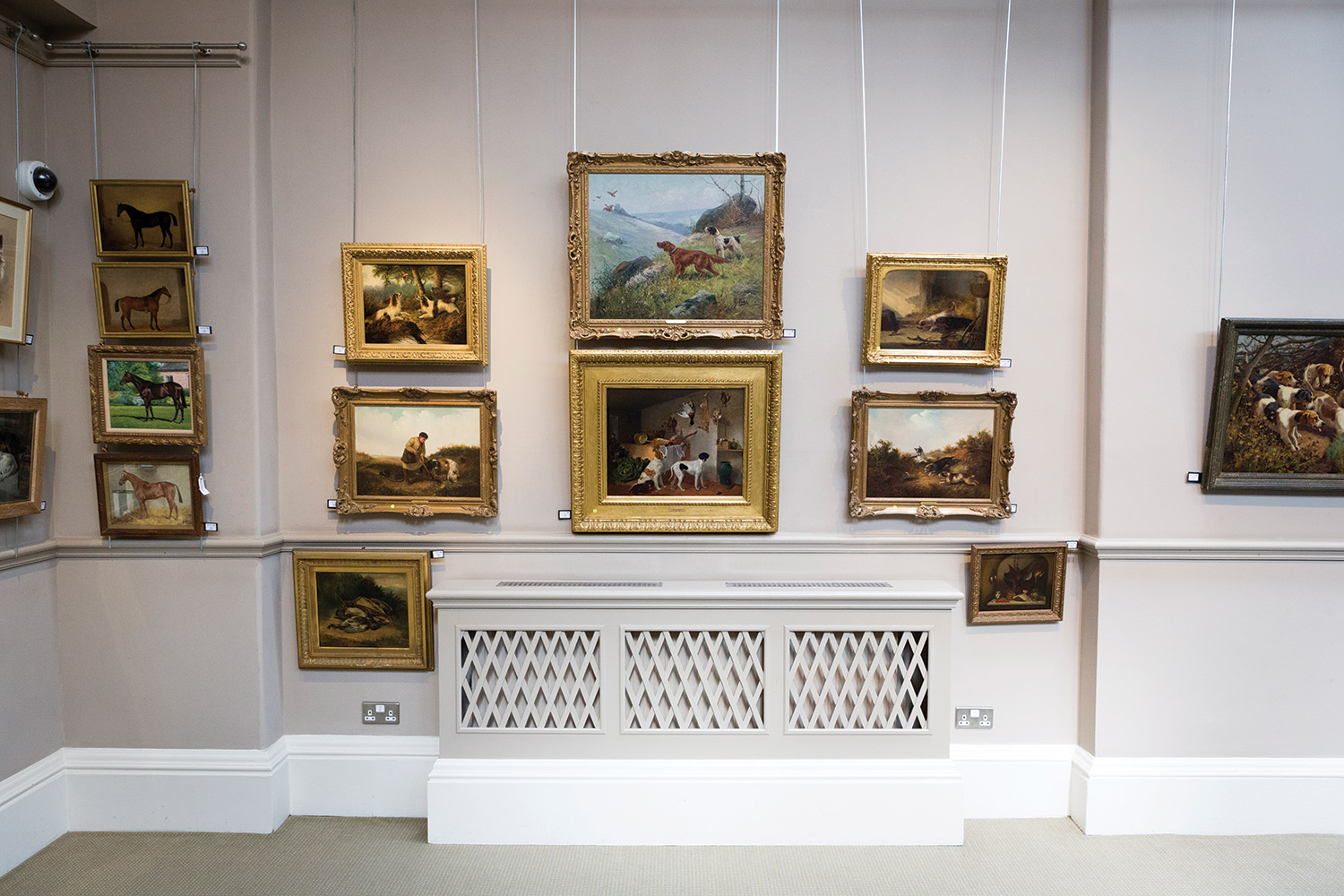
The auction room had emptied a little by the time the Cherokee cup came up—lot number 216—meaning the room was almost empty. Four collectors sat in the back row.
The auctioneer, Charles Graham-Campbell, opened the bidding at £12,000, rising in a flash at £1,000 intervals to £15,000. It sounded like a good start.
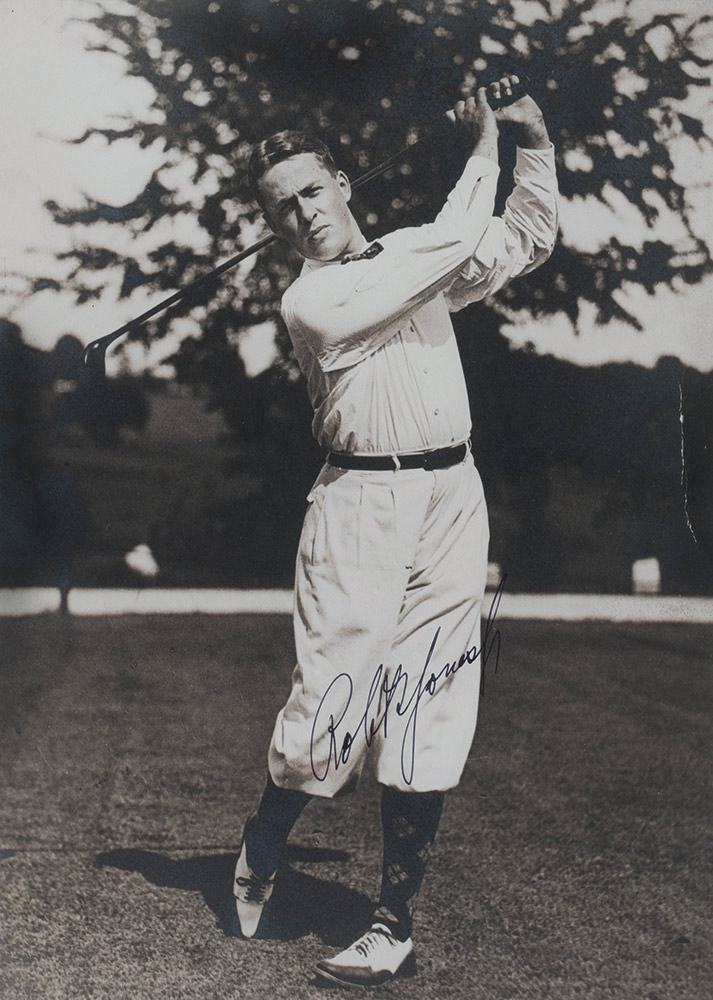
“Fifteen thousand we’re up to now, 15 thousand,” he called. “16 thousand, 17 thousand, at 17 thousand then, do I hear it? [Pause] Still here then at 17 thousand pounds, [Pause] one last look around then at 17 thousand.”
The hammer knocked and it was over. To the uninitiated it looked as though the cup had gone for a disappointing, premature £17,000, but in fact the reserve on the cup was £18,000 and so it didn’t even reach the starting line. The cup didn’t sell at all.
Those early bids may have been “the room bidding against the wall,” as its known, when, if the bids are slow to start, the auctioneer fabricates bids to try and stir potential buyers into action and reach the reserve price at the very least. Not today.
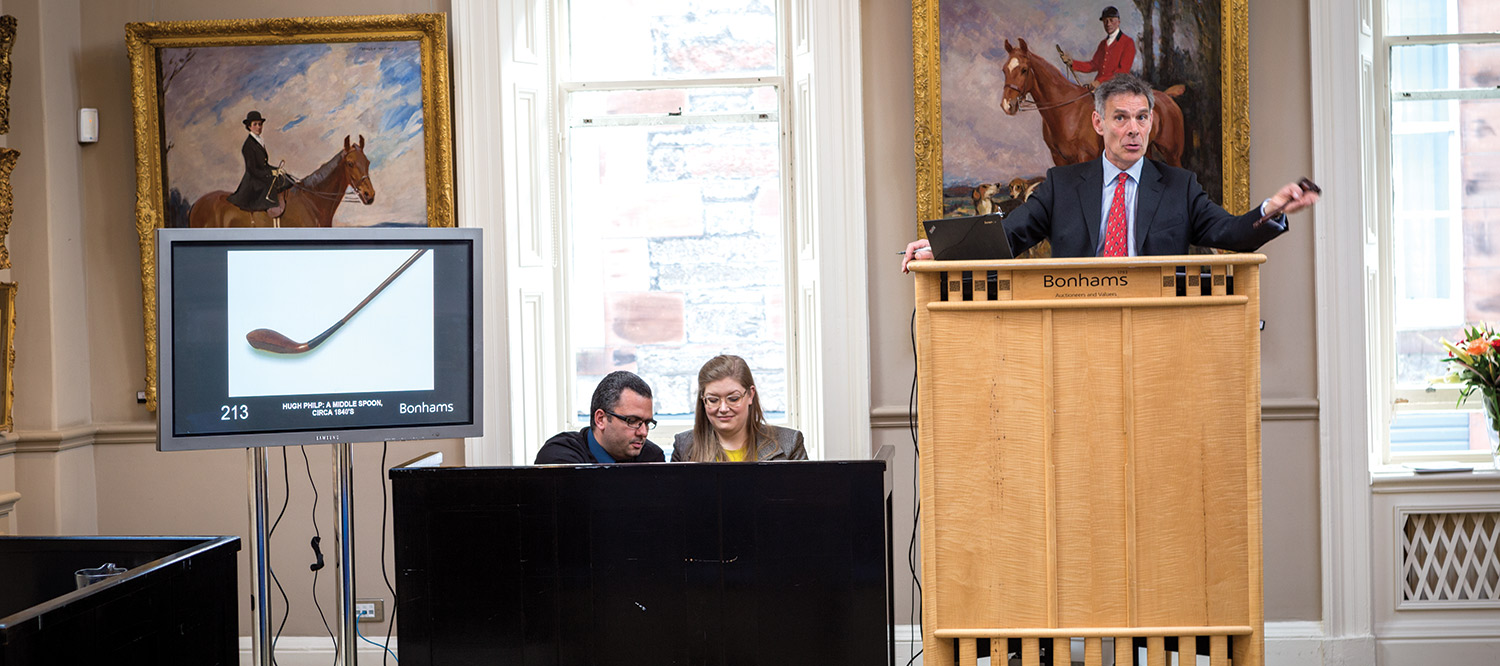
Rhod McEwan is a dealer in antique golf memorabilia based in Aberdeenshire in Scotland. After the auction he told Kingdom: “I am surprised it didn’t sell because Bobby Jones is one of the names that does still continue to generate high figures. Given that it was his cup, it was not expensive.”
There were some successes at the sale: An elegant “middle spoon” club made by the renowned Hugh Philp in the 1840s shot past its catalog top estimate of £3,000 and went for £4,750 ($6,118, including premium).
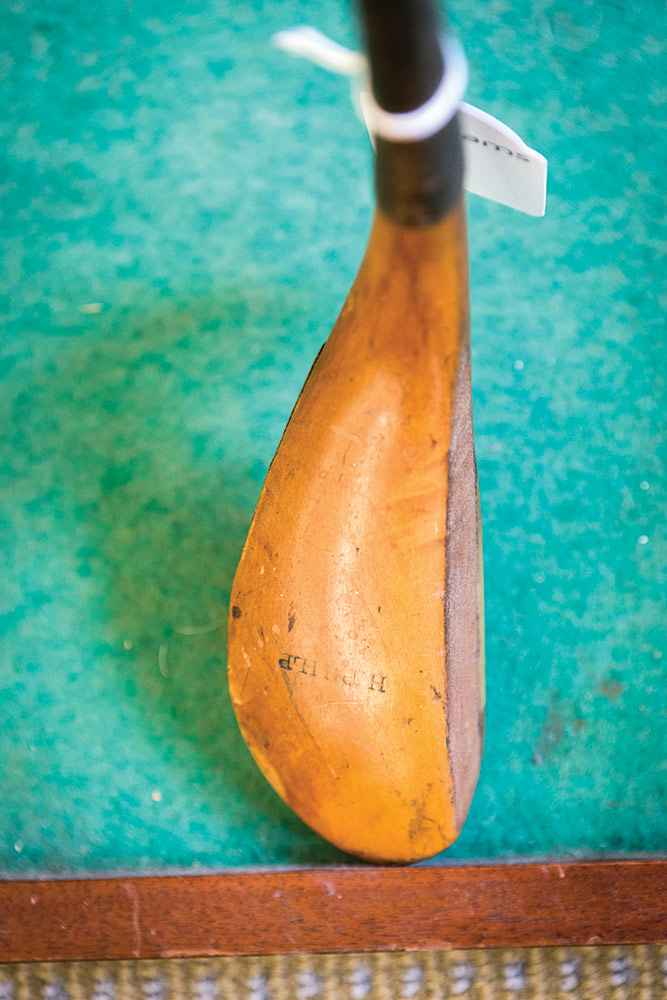
A signed photograph of Jones went for £800 ($1,030), meeting the bottom of the Bonhams estimate. “It was the low estimate but it is the kind of money it should be making,” said Henry Baggott of Bonhams, the specialist running the sale. The photo is a fantastic black-and-white, reportedly bought by a spectator at the 1927 Open at St Andrews and signed by the golfer at the time.
Auctions have gone a long way since the late 1990s and the turn of the millennium—a long way down—and for people with space on the mantelpiece for something of real value and rarity, there has never been a better time to invest.
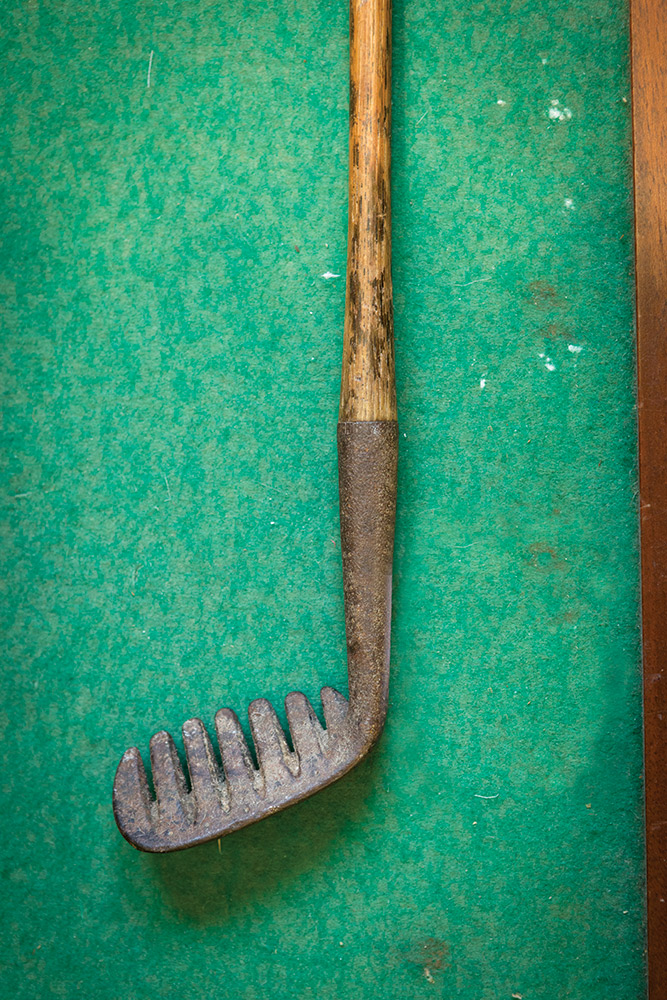
“Sales are still happening privately, but on the open market there is too much supply for the demand,” explains McEwan. “The market has dropped a long way since the late 1990s and values are coming down. Auctions are getting smaller and smaller and people don’t collect like they used to.
Younger people are more mobile, they travel and have different priorities these days. They don’t want ‘stuff’ weighing them down. They are happy with smart phones and Ikea furniture.
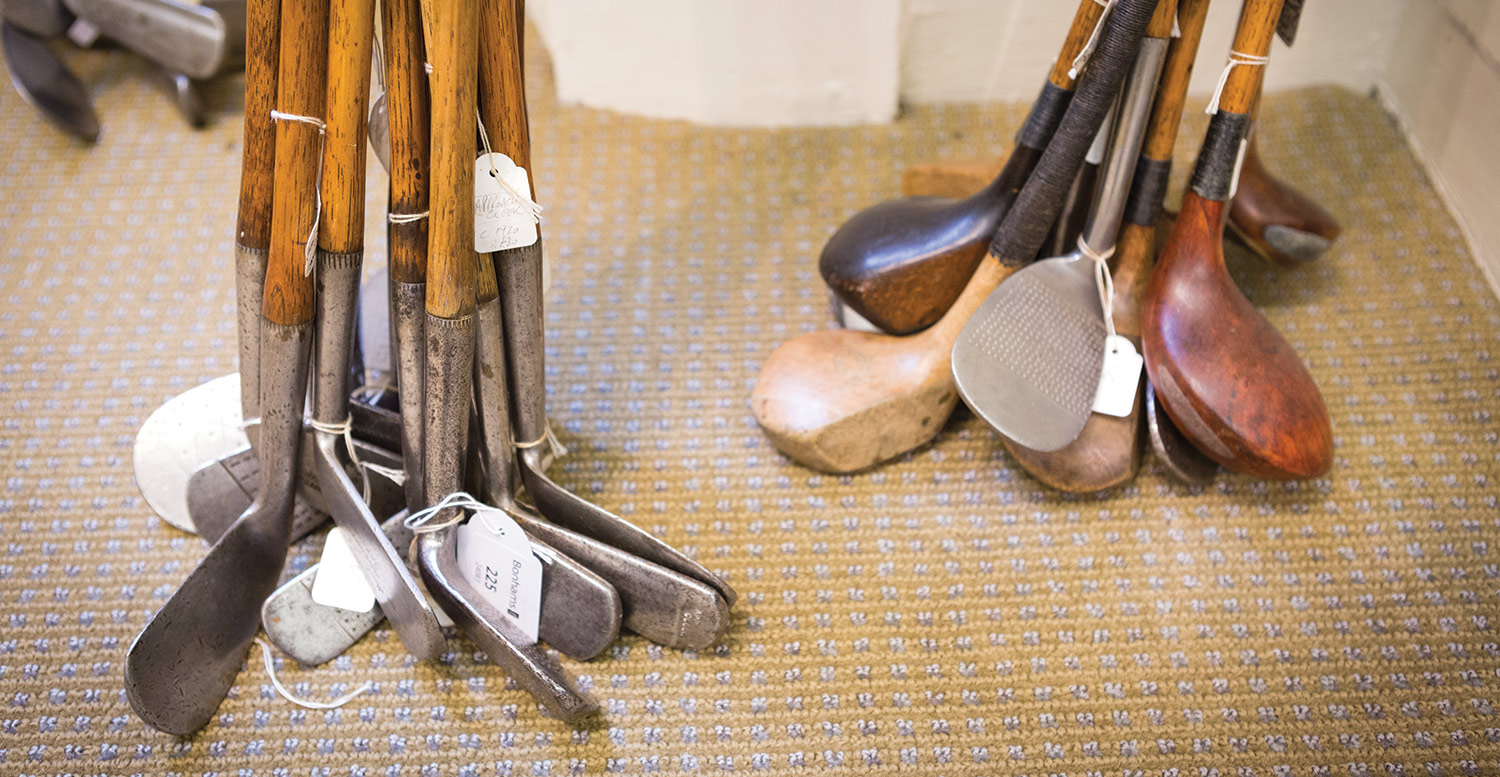
“The market is much stronger these days for post-war items. The market has collapsed for what people call the ‘Origins of golf’—pre-First World War—and to an extent for the era between the wars too. There is a new brigade of buyers and they are not interested so much in long-nosed clubs and Old Tom Morris and that era. Memorabilia from the Open still tends to sell well and the Masters attracts interest, particularly in the United States.”
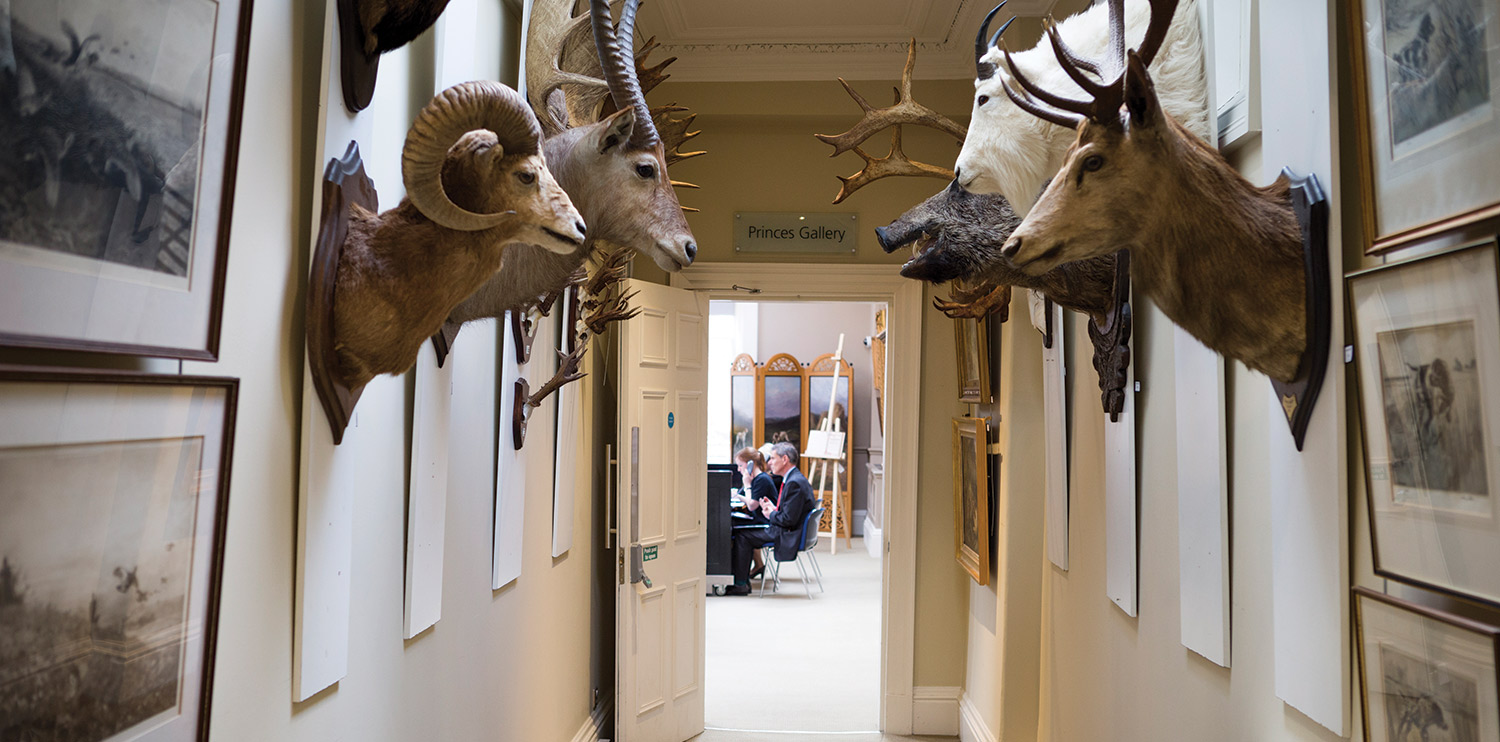
Take the great story to unfold earlier about an authentic Masters Green Jacket that was bought in a thrift store in Canada for $4 in 1994. Green Jacket Auctions put the 1950s jacket up for sale earlier this year and it went to a private bidder in the United States for $139,349.
“Now is certainly a buyers’ market for traditional golf memorabilia,” adds Baggott. “Prices of period clubs and related material have throttled back from the heady prices achieved in the 1990s, making them all the more affordable for new collectors. The key to any collection is to collect the very best examples available and that is why our sales only include select items.”

Confirms McEwan: “It is a buyer’s market, certainly. You just need to have a discerning eye and the money to buy.”
Follow Us On


| Cookie | Duration | Description |
|---|---|---|
| cookielawinfo-checkbox-analytics | 11 months | This cookie is set by GDPR Cookie Consent plugin. The cookie is used to store the user consent for the cookies in the category "Analytics". |
| cookielawinfo-checkbox-functional | 11 months | The cookie is set by GDPR cookie consent to record the user consent for the cookies in the category "Functional". |
| cookielawinfo-checkbox-necessary | 11 months | This cookie is set by GDPR Cookie Consent plugin. The cookies is used to store the user consent for the cookies in the category "Necessary". |
| cookielawinfo-checkbox-others | 11 months | This cookie is set by GDPR Cookie Consent plugin. The cookie is used to store the user consent for the cookies in the category "Other. |
| cookielawinfo-checkbox-performance | 11 months | This cookie is set by GDPR Cookie Consent plugin. The cookie is used to store the user consent for the cookies in the category "Performance". |
| viewed_cookie_policy | 11 months | The cookie is set by the GDPR Cookie Consent plugin and is used to store whether or not user has consented to the use of cookies. It does not store any personal data. |